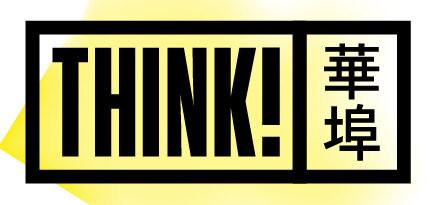Illustrations by John Lee
On view July 18–November 6, 2024, Think!Chinatown is proud to present Making or Faking Chinatown? Representing People, Place and Culture, a thought-provoking urban planning-focused exhibition exploring the unresolved debate of cultural representation in Chinatown’s built environment through extensive research, photographs from Chinatowns across North America, and artwork by artist John Lee. The exhibition is co-curated by T!C Director Yin Kong and architectural historian Kerri Culhane, and designed with fwd | A+U, Farzana Gandhi Design Studio, and Pentagram as part of Van Alen Institute’s program Design Sprints.
In 2024, the NYC Economic Development Corporation launched the Chinatown Connections project which includes the redesign of Kimlau Square and creation of a “Chinatown Welcome Gateway”. This city project has reignited the conversation about cultural representation. In Chinatowns around the world, gateways, known as paifang–along with lanterns, dragons and the ubiquitous color red–present a generic notion of Chinese culture for public consumption. Are these stereotypes or symbols of Chinatown? This exhibition explores the range of placekeeping and placemaking strategies in Chinatowns, from everyday life to the staged production of culture.
Gallery hours are Wednesdays and Thursdays, 3-6PM Chinatown!Studio (1 Pike St).
Artwork by John Lee
Exhibition-related events
“Making or Faking Chinatown” is supported, in part, by public funds from the New York City Department of Cultural Affairs in partnership with the City Council; and by the Van Alen Institute’s Design Sprints program, in collaboration with Pentagram, Fu Wilmers Design & Farzana Gandhi Design.
Think!Chinatown is a place-based intergenerational non-profit in Manhattan’s Chinatown, working at the intersection of storytelling, arts and neighborhood engagement. We believe the process of listening, reflecting and celebrating develops the community cohesion and trust necessary to work on larger neighborhood issues. By building strength from within our neighborhood, we can shape better policies and programs that define our public spaces, celebrate our cultural heritage and innovate how our collective memories are represented.




